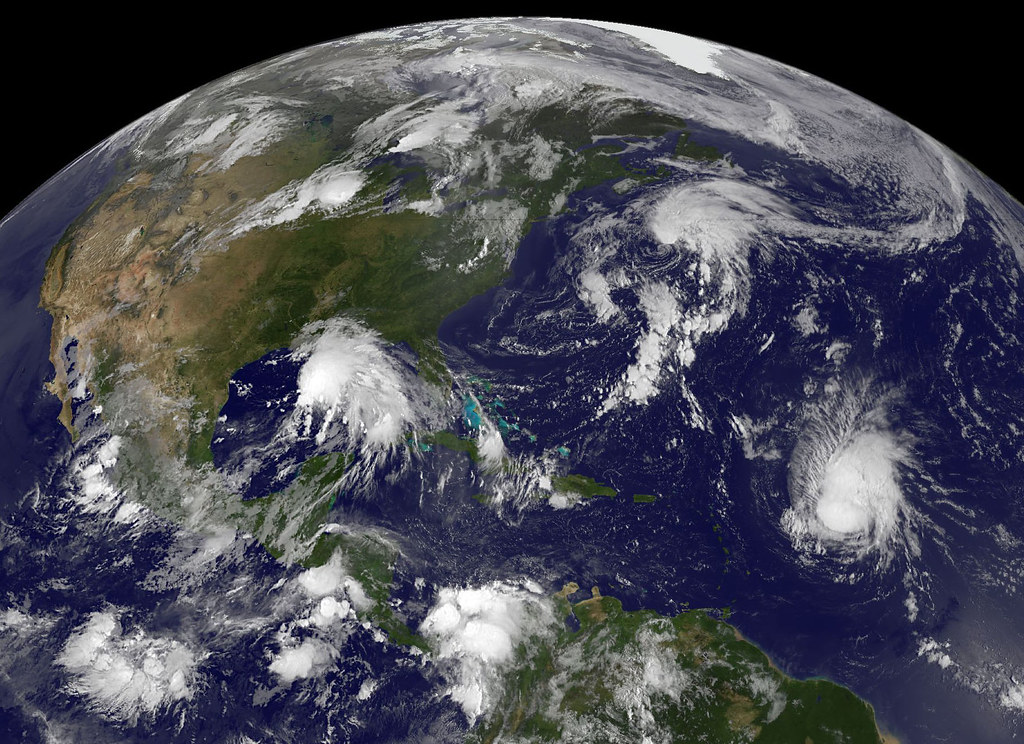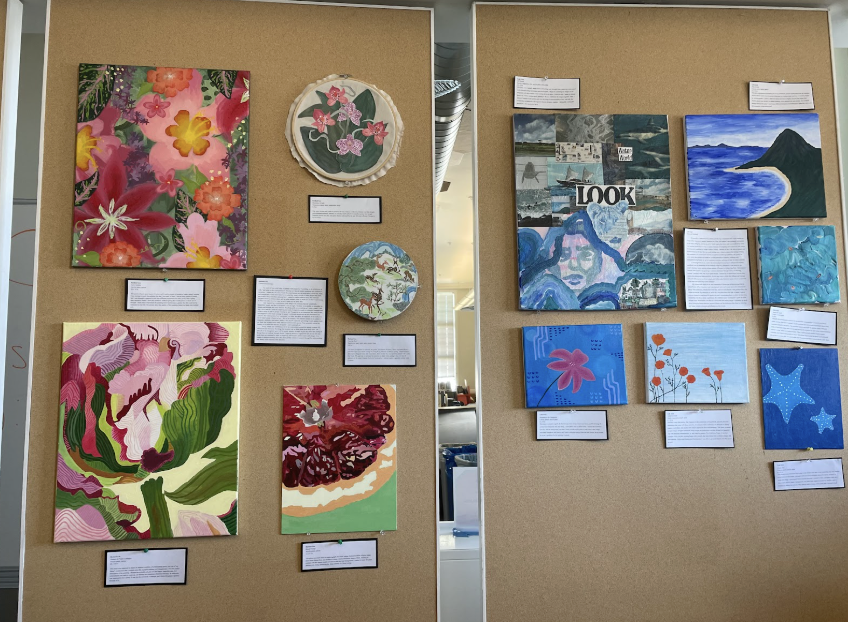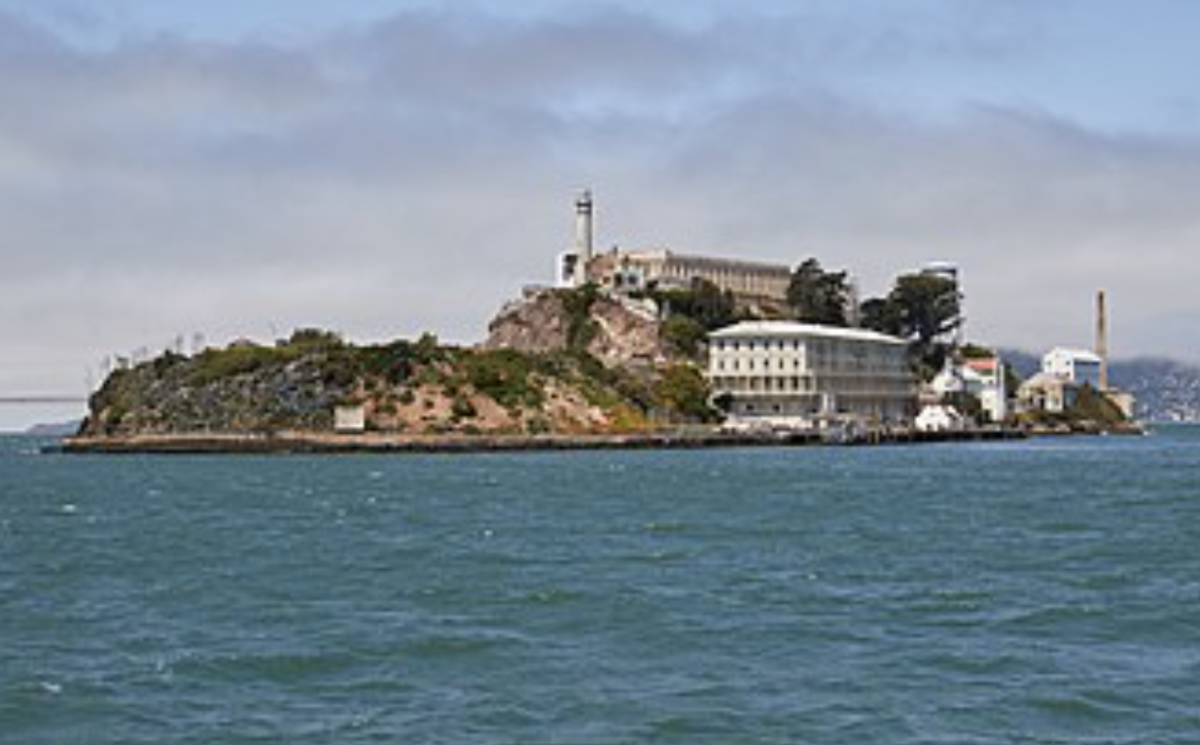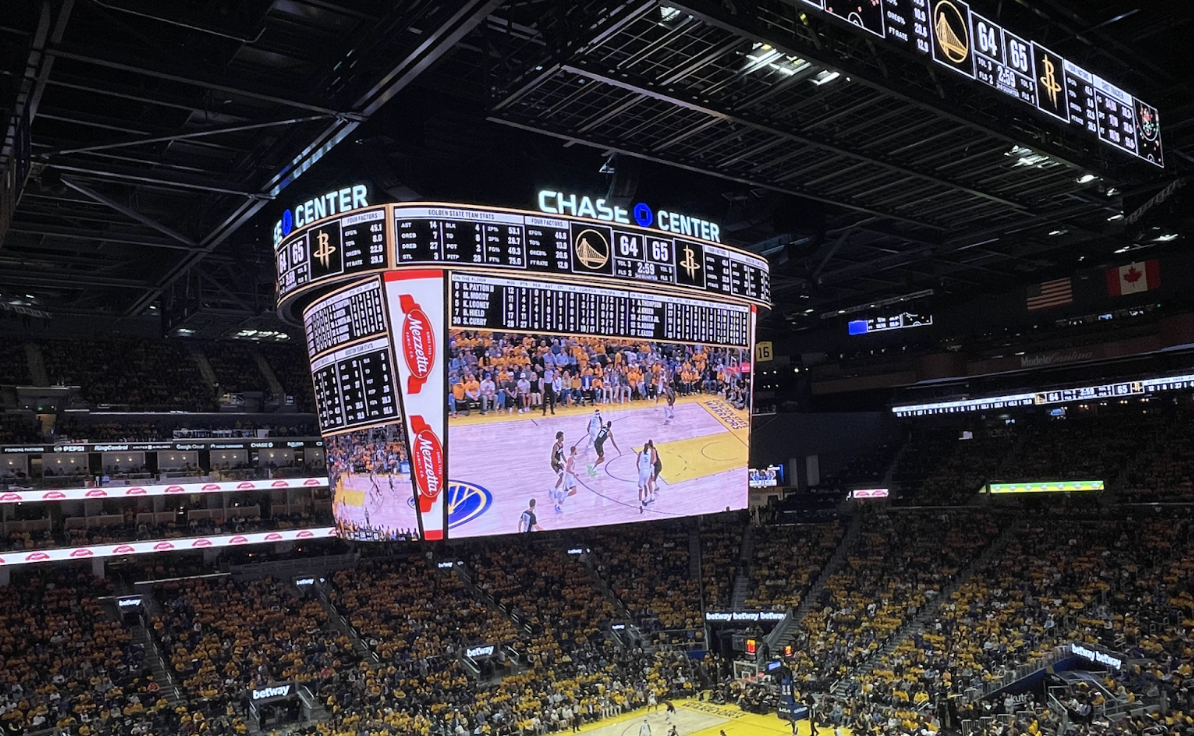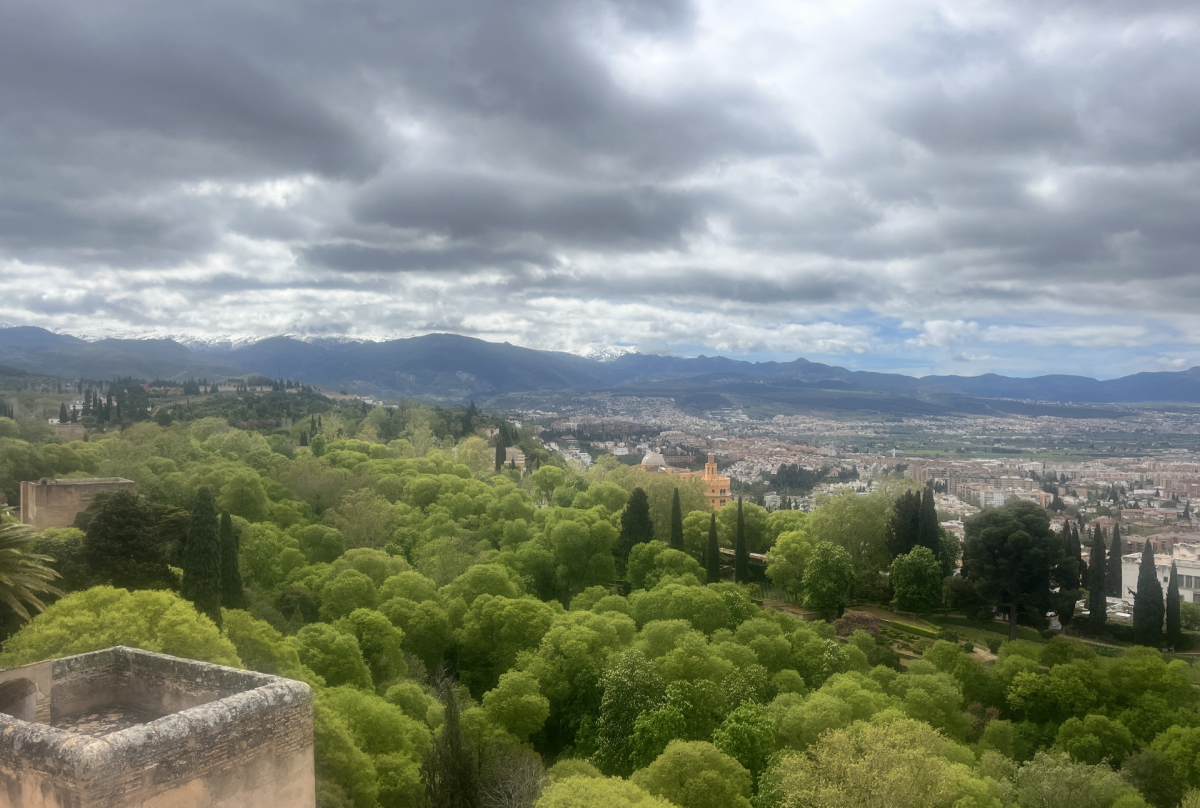As students were waking up and arriving at school, Hurricane Lee was paving its path across the Caribbean and paving its way towards the northeastern Caribbean islands. Labeled as a Category 2 Hurricane, Lee is moving northwest at about 15 miles per hour.
“When I heard this news I was so distraught that our fellow Americans have to face another natural disaster,” said sophomore Julia McKinnon. “Hurricanes are really dangerous and I hope that everyone is able to stay safe,”
On September 2nd, 220 miles southwest of the Mississippi River, Tropical Storm Lee formed. The hurricane’s maximum intensity was reached on September 3rd, with 60 mph winds targeting Puerto Rico, the Virgin Islands, and the Bahamas, according to the National Weather Service.
“It saddens me that that happens to different people in different places,” administrative assistant Jeanne Asdourian said. “Sadly, every part of the earth has its own issues, earthquakes, hurricanes, flooding, mudslides, whatever it is, every part of the earth has it so it’s sad that these things reoccur every year,”
According to the National Weather Service, on the morning of September 4th, Hurricane Lee made landfall along the coast of Southern Louisiana state. Lee became an extratropical hurricane on September 5th when it made contact with an unusually strong cold front. An extratropical hurricane is one that has cold air at their core and low pressure areas.
“I’ve never heard of the difference between extratropical and tropical hurricanes,” junior Nathania Chao said. “It is a tragedy and a very unfortunate situation but I hope all of the damage can be restored as soon as possible,”
Hurricane Lee is the 12th named storm that has formed in the Atlantic Ocean. This rapid increase in strong hurricanes and other natural disasters can be considered the fault of climate change. Students are learning the impacts of climate change through their curriculum, according to sophomore Sofia Ponce de Leon.
“Last year we read a collection of essays that featured the stories of new adults learning about and dealing with climate change,” Ponce de Leon said. “Even though climate change is very unfortunate, I am glad that we are learning about it,”
In previous years there have been many effects from the various tropical weather events. This includes flooding, destruction of property, road damage, and many other consequences.
“I wish that one day I might be able to do something to directly help those suffering from these brutal events,” said McKinnon. “I hope that everyone is able to stay safe and reach the help and shelter they need.”



